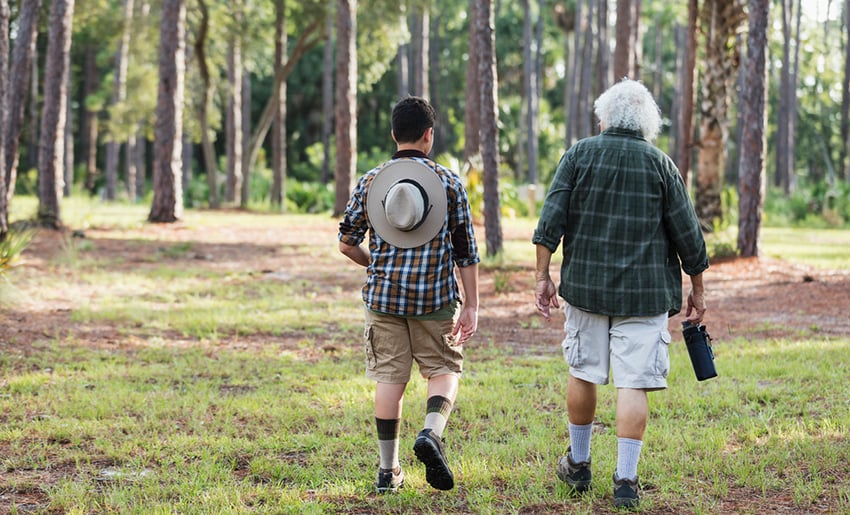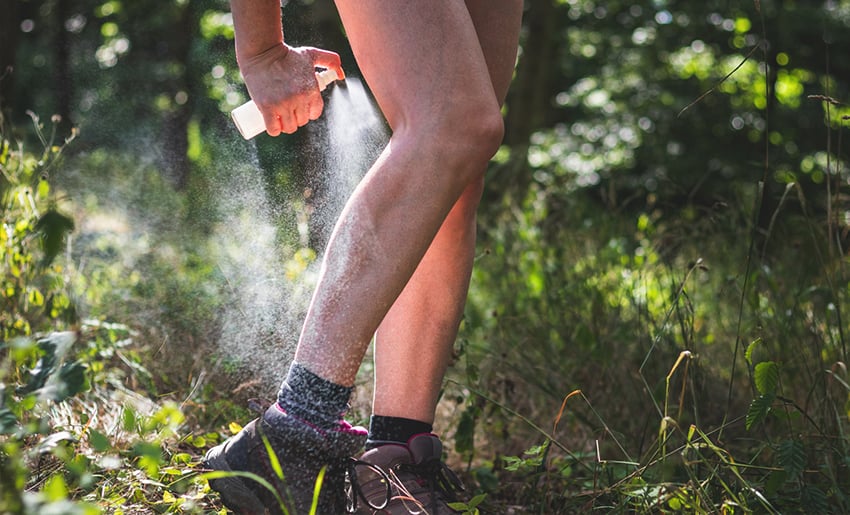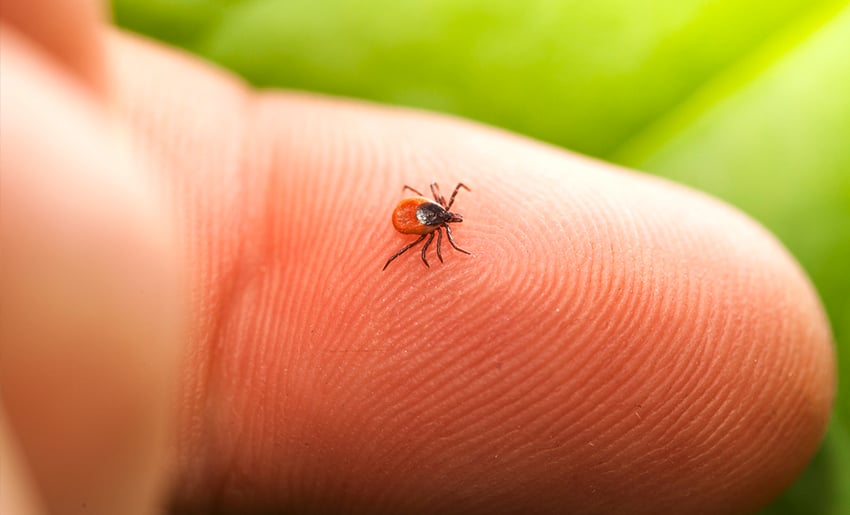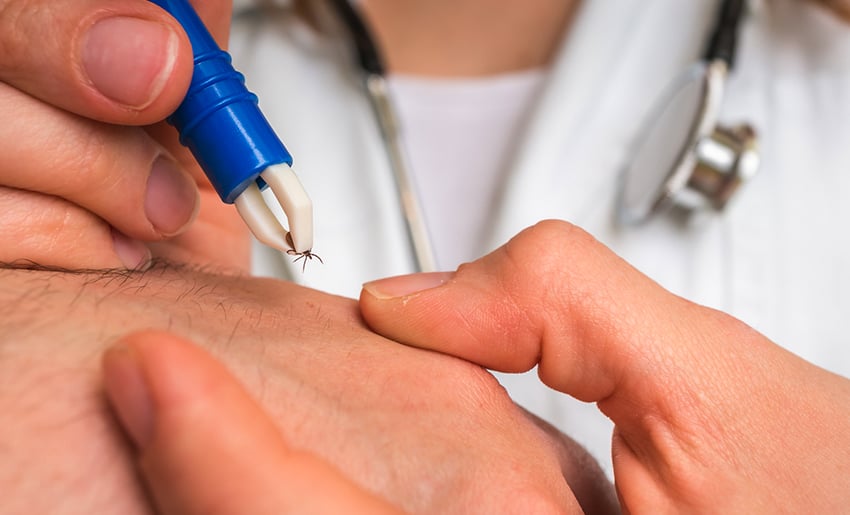Reducing the risk of Lyme disease: 5 tips to keep in mind
November 6, 2019 Tips

Lyme disease can happen in everyday situations such as gardening, hiking, or just being outdoors. It occurs through an infected tick bite, originating from black-legged ticks and deer ticks among others. Generally, those living or visiting areas such as New England and the mid-Atlantic are most at risk, but it can also occur in other areas such as northern California and Oregon. Early signs of Lyme disease may include a rash that appears for several days, as well as accompanying symptoms such as fever, headaches, fatigue, swollen lymph nodes as well as neck stiffness.
Although only a small portion of tick bites lead to Lyme disease, it is important to stay vigilant. If a tick remains attached to your skin for long periods of time, this increases the risk of getting the disease. It is unlikely to occur if the tick is only attached for less than 48 or 36 hours. Here are some tips to reduce the risk of Lyme disease:
1. Avoid exposing too much skin

Ticks are generally prevalent in grassy and wooded areas, so it is important to exercise caution when outdoors.
Walk in the center of trails, and try to avoid areas with high grass and leaf litter. Additionally, covering up the skin while walking in these areas is important. Ticks attach easily to bare flesh, so wearing long-sleeved shirts and long pants is a much safer option in areas where ticks are more prevalent.
2. Use tick-repellant spray

Another precaution to take is investing some tick-repellant spray. Generally, you should be looking for sprays with EPA-approved ingredients such as DEET, picaridin or oil of lemon eucalyptus. These ingredients can also help in repelling mosquitos, so they serve a double purpose. If you are looking for extra protection though, you can purchase clothing and gear that has been treated with permethrin, a chemical that kills ticks on contacts. You can also spray clothing with a permethrin spray if you do not want to purchase extra clothing.
3. Stay vigilant in checking for ticks

Ultimately, ticks can end up in spots that we do not always remember to check after spending time in risky outdoor areas. Ensure that everyone checks their clothing afterward for any stray ticks, including easy to miss spots. These include areas such as the backs of knees, ears, under the arms, and even inside the belly button among other places. Make it part of a routine to check after spending time outdoors to reduce the risk of any ticks attaching for too long. Using a mirror may also help in spotting any strays. Deer ticks are extremely small, so they can be easy to miss. For an extra safety measure, shower immediately after spending time outdoors. Ticks may remain on the skin for quite some time before attaching, so showering may help dislodge them and keep from attaching.
4. Tick-proof yards and gardens

While most people may be vigilant about checking themselves when spending time outdoors such as a park or while hiking, but what about your own homes? Gardens and backyards can often attract ticks and increase the risk of Lyme disease, so it is important to prevent ticks from setting themselves up in your own home and its outdoor spaces. In order to do so, make sure to clear brush and leaves where ticks may make themselves at home. If you have stacks of wood, it is important to keep them in dry and sunny areas. Otherwise, it may attract rodents that carry ticks.
5. Remove ticks properly when spotted

Lastly, do not assume that if you have gotten Lyme disease once, you will not get it again. Unfortunately, it can happen multiple times, so it is important to be prepared for if it does happen. Ticks can be removed with tweezers, so having some handy can be useful if you do spot one on yourself.
Using the tweezers, gently grasp the tick either from near its head or the mouth. Pull carefully, and ensure that you do not squeeze or crush it. Once you have it grasped, dispose it by putting in alcohol, or flushing it down a toilet. Do not forget to apply antiseptic to the bite area.
A lot of Lyme disease risk reduction involves careful vigilance and keeping a cool head in an emergency situation. Although the likelihood of actually contracting Lyme disease may be low, knowing how to keep it at bay is important. And by keeping a careful watch on clothing and exposed skin while outdoors, you can continue to reduce the risk of Lyme disease and continue to enjoy your time outside.






